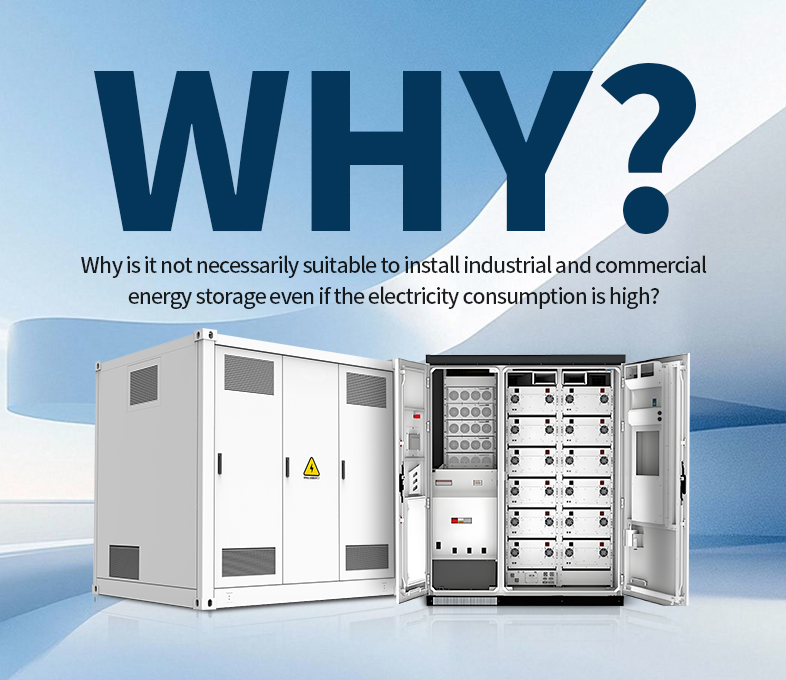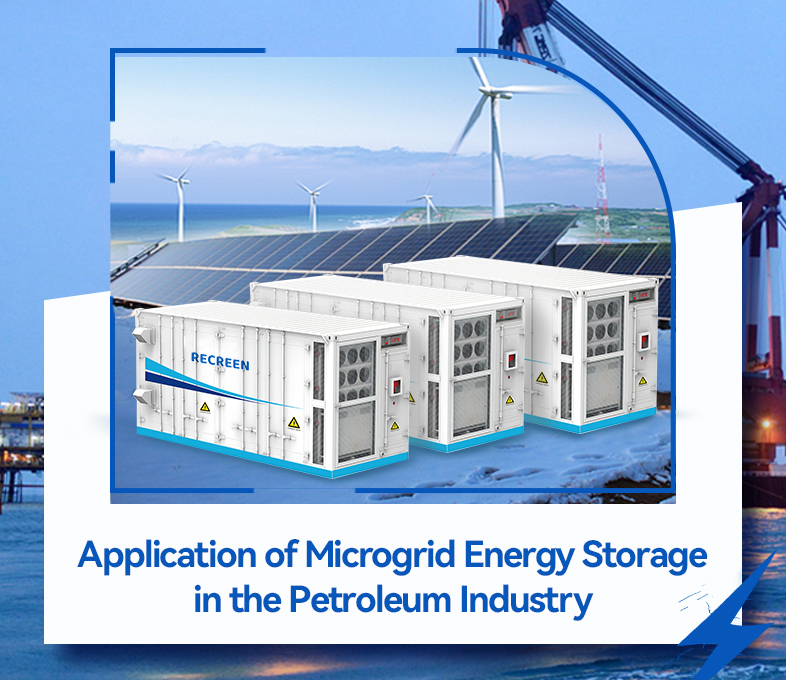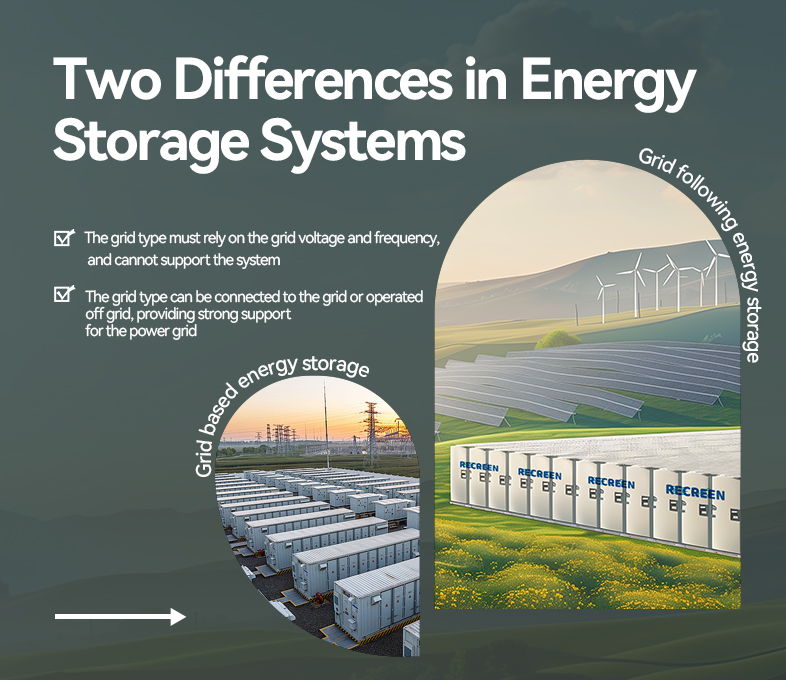Amid global energy transition and green development initiatives, commercial & industrial (C&I) energy storage projects—key to integrating renewables with power demand—are gaining traction. These systems store excess electricity for peak-hour discharge (“peak shaving and valley filling”), reducing costs and improving efficiency. Yet, many high-consumption users find installation challenging despite strong interest. This article explores the underlying reasons.
01 Transformer Capacity: The Critical Threshold
Transformer capacity is a decisive factor for storage feasibility. Charging a storage system adds load; if transformers already operate near full capacity during off-peak hours, overloading risks arise.
A. Capacity vs. Load Rate
Transformers should maintain ≤80% load during off-peak periods to spare capacity for storage charging. Example: A manufacturer with 5M kWh annual usage seemed ideal for storage. However, its 1000kVA transformer ran at 90% load off-peak, leaving no room for storage charging—posing safety hazards if forced.
B. Mismatched Capacity & Usage
Oversized transformers with low consumption also hinder storage ROI. Example: An electronics plant (1M kWh/year) installed a 2500kVA transformer for future expansion. With flat load curves and minimal peak-valley fluctuations, storage couldn’t deliver cost savings, adding idle-equipment expenses instead.
02 Load Profile: Peak-Valley Tariff Alignment
Storage profits rely on arbitraging price gaps—charging at low tariffs (valley) and discharging at high (peak). Thus, consumption patterns matter:
-
Ideal: Significant peak/off-peak differentials (e.g., daytime peaks).
-
Unsuitable: Flat profiles (e.g., data centers with steady 24/7 usage).
03 Operation Mode: Avoiding “Peak Avoidance”
Some firms shift operations to off-peak hours to cut costs, but this prevents storage from discharging at profitable peak rates.
Solution: Adjust production schedules to enable peak-hour discharge or participate in demand response programs for grid incentives.
04 Location & Policy Support
A. Time-of-Use (TOU) Tariffs
Regions with ≥¥0.6/kWh peak-valley spreads (e.g., Zhejiang, Guangdong) are storage hotspots. Areas with narrow gaps yield poor returns.
B. Government Incentives
Subsidies, tax breaks, and market reforms boost viability. Lack of policy support discourages investment.
05 Recommendations




To Governments: Enhance policies, R&D, and cost reductions to accelerate storage adoption.





